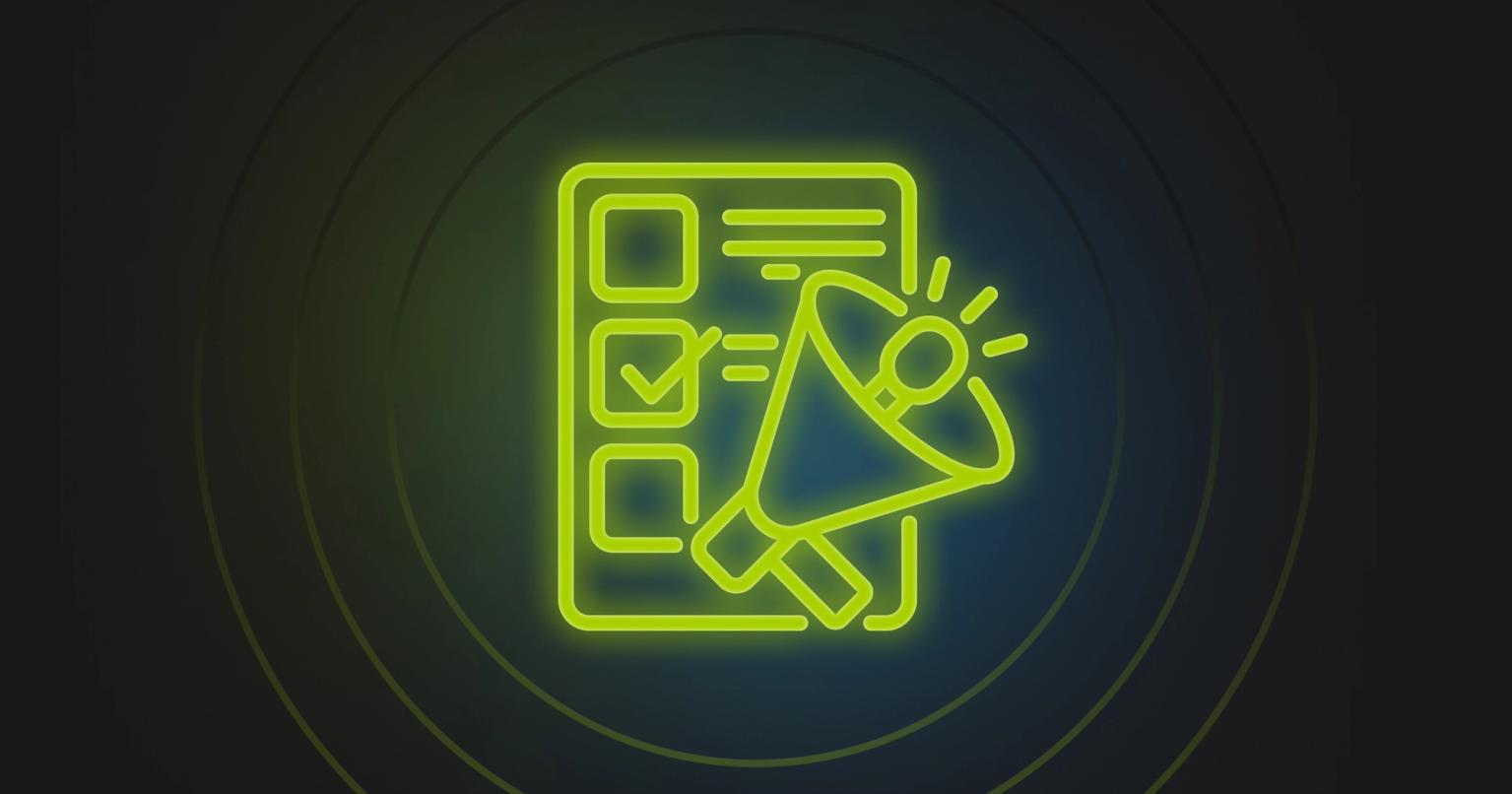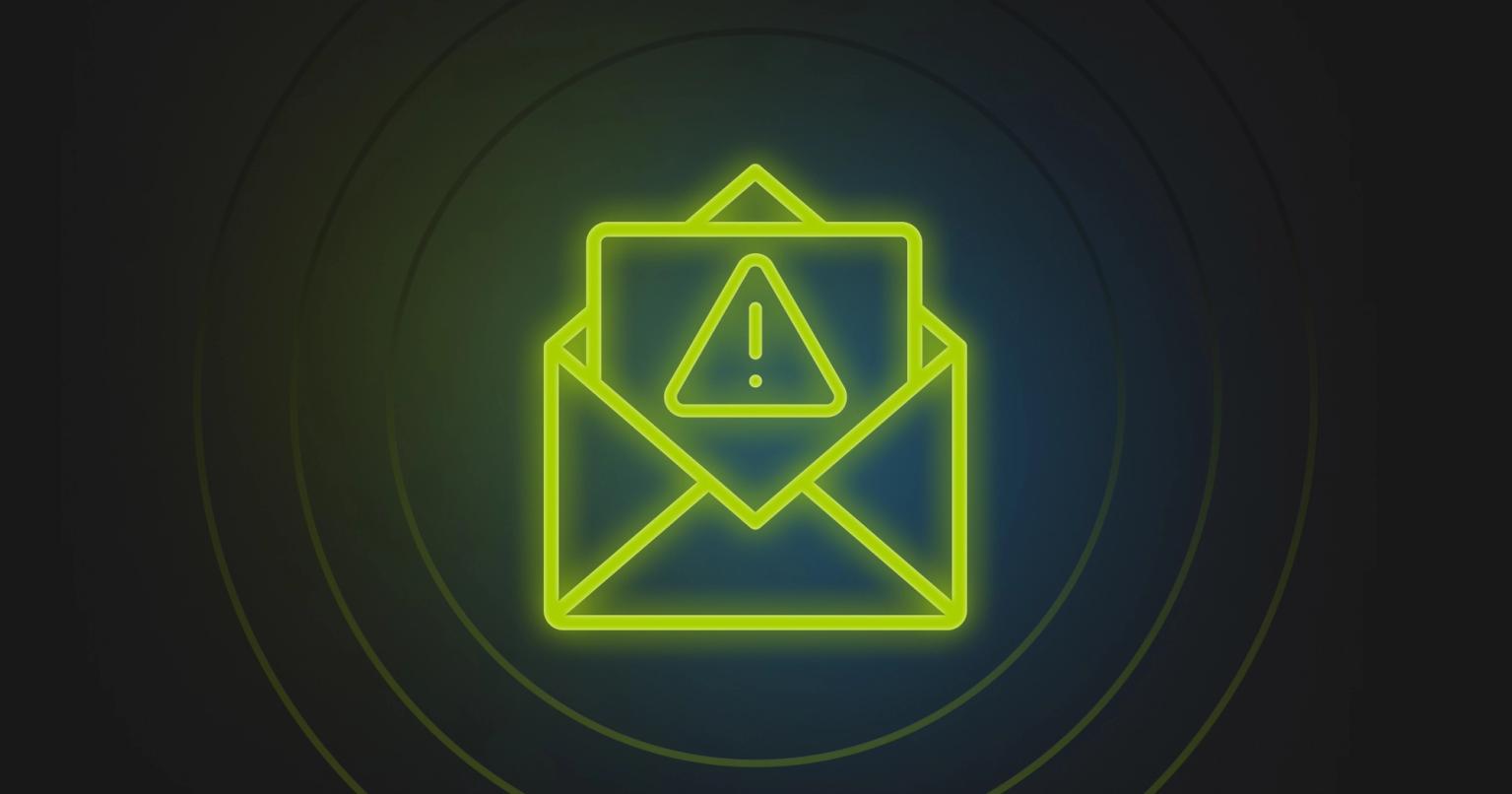6 tips for creating engaging emails in 2022

Tara Boland
Art Director, Knak
Published Mar 29, 2022

Summary
Master the art of creating engaging emails in 2022 with these trends and best practices. From personalization and data privacy to a mobile-first approach, discover the key elements that make your emails compelling. Elevate your email game now!
We’re only just wrapping up the first quarter of 2022 and, as usual, there are a number of new trends driving how brands engage with their audiences. When it comes to creating engaging emails, marketers are constantly looking for new ways to keep their readers entertained and moving down the marketing funnel — and this year is no different.
To help you navigate these changes, here’s a look at the elements that make a compelling and engaging email in 2022. Take a look.
The trends that are changing the email game
We totally get that the term “engaging” can mean different things to different people. For the purposes of this post, “engaging” means anything that prompts people to interact with your brand, whether that’s by clicking through to a landing page or purchasing a product. Getting this right requires a careful balance between written content and visual elements.
Today, there are a number of influences that are changing what email looks like and how it’s managed. These are all important to keep in mind when building your email campaigns.
Accessibility
The content brands produce needs to be increasingly accessible to everyone in their audience. This includes ensuring that emails are optimized for all devices and assistive technologies, that the content is concise and legible, and that the colour scheme is high contrast, to name a few requirements. For more information on what accessible content should look like, read our comprehensive guide.
Personalization
Did you know that emails with personalized subject lines are 26% more likely to be opened by the recipient? If your readers have trusted you with their personal information, they probably expect you’ll use that information to serve them better. This should go beyond using their first name at the top of your email. Depending on the information you have available (e.g. job title, location, buying habits, age), you can use micro-segmentation to create custom audiences and emails that cater to specific experiences, with information that is relevant to them.
Data privacy
On the flip side of personalization is data privacy. Customers want to know that their data is being collected, used, and stored in a safe way — and they want to know which brands have their data. There’s nothing more disconcerting than when a brand emails you out of the blue and you don’t remember giving them your information. To address any concerns, brands can be proactive by being transparent in their communication and letting people know what security or privacy measures they have in place.
Mobile-first culture
People are increasingly accessing their emails on the go, with their mobile devices. From a design perspective, the time has come to prioritize the mobile experience and not cut corners when it comes to visuals, interactivity, and more.
A seamless brand experience
Email is often the entry point for the rest of your brand. And as customers engage with your brand, they expect to have a seamless transition from an email, to a landing page, and to the rest of your site. As such, everything should be integrated and designed with the same standards, keeping your customer’s experience top of mind.
6 best practices for creating engaging emails
Now that we have a better sense of what’s changing and what isn’t in email. Here are six steps you can take to create exciting and compelling emails that keep the customer experience top-of-mind.
1. Get inspired
Newsletters and email campaigns are great places to practice your creativity, but sometimes it’s hard to know where to start. Fortunately, Knak has compiled 50+ examples of fun and well-designed emails that both attract eyeballs and encourage readers to take action. Figure out what’s working in your industry (there’s no harm in subscribing to a competitor’s newsletter), but don’t be afraid to go beyond your vertical to other areas either. Who knows, you might be inspired by a fantastic email from your mechanic.
Knak users now also have access to an Inspiration Centre directly within our platform where they can browse through tons of inspiring emails and use them to build out their own assets.
2. Set a clear objective
Whether your email is meant to be promotional, educational — or a mix of the two — it’s important to have a clear objective for what you want to accomplish with it. This is also an important time to consider your audience(s). Who are they? What are their needs? How much do they already know about your business or product? Articulating these things will help ensure that your email content is relevant to your recipients.
3. Prioritize the subject line and preview text
This is your first (and only) opportunity to convince a reader that your email is worth opening, so make the most of it. Be creative. Be bold. And be transparent. Letting your audience know what they’ll see in the email upfront is a good way to build trust — no one likes to be click-baited.
Creative and witty subject lines can also create intrigue and pique your recipient’s curiosity. If it makes sense for your brand, a little humour can also go a long way. Just make sure to back it up with some context in your preview text, that way you’re not leaving your recipients in the dark.
4. Keep the critical information up front
Your email is just one among the hundreds hitting your readers’ inboxes every day. With this limited time to engage your audience, it’s important that your main message or driving point is the first thing they see. You should have the key message and call to action at the very top of your email. In fact, we recommend this happens in the first 500 pixels or so.
For an educational email with a lot of text, this can look like a content block with the three top takeaways. For a webinar or a product announcement email, it could be a CTA button that encourages the reader to either register or learn more about the product.
5. Take a mobile-first approach
Make sure you’re capturing your audience where you’re most likely to find them: on their smartphones. Typically, marketers will design and build emails for desktop first, and adjust the original design for mobile afterwards. This approach can lead to cutting corners to “make it work” for mobile, including removing content or changing some of the elements that make the email successful. Try flipping that approach. Optimize your design around the mobile experience, and then expand that into something that works for desktop as well.
6. Have fun
Bold photography, custom graphics, and large text are big trends in emails right now. It’s a style that’s really fun and exciting – and it stands out from the walls of text that we’re used to in emails. As long as it makes sense for your brand and messaging, and you’re not overdoing it (you don’t need big images AND big text), take the chance to play.
GIFs and animated visuals can also be fun to play with, as they add an additional layer of excitement to your emails. A relatable or humorous GIF that emphasizes a point you’ve made can delight your readers without taking away from the main message. When used subtly and intentionally, simple graphic animations can add visual interest while directing the eye towards important content. Just remember to always keep it on brand.
Want to see these email best practices in the wild? Check out our Email Gallery to see 50+ high-converting enterprise email examples spanning over 10+ campaign categories.
If you’re ready to start building beautiful emails and landing pages that keep your readers coming back, check out Knak or request a demo.











